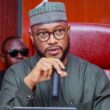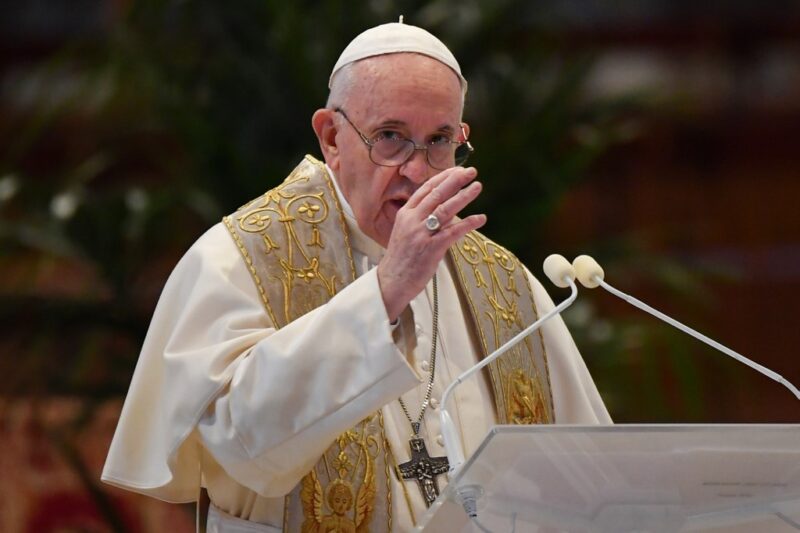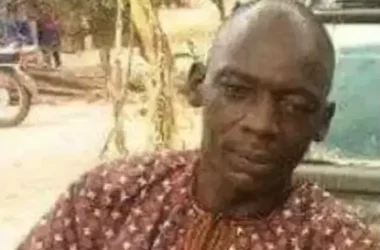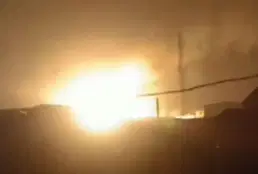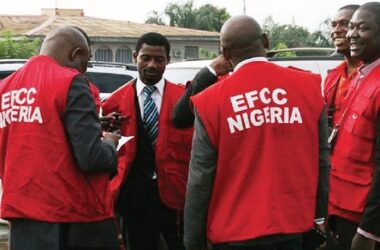Pope Francis died at the age of 88 in the early hours of Easter Monday, April 21, 2025, in his residence at the Casa Santa Marta in Vatican City. The Vatican made the official announcement later that morning, confirming that the pope had passed peacefully in his sleep at exactly 7:35 a.m. local time.
The news came just one day after Pope Francis greeted worshippers during the Palm Sunday and Easter celebrations at Saint Peter’s Square. Despite his frail health in recent years, he appeared briefly before thousands of Catholic faithful, offering blessings and smiling warmly from a distance.
The date for the funeral has not yet been released, but the pope’s remains will lie in St. Peter’s Basilica, allowing the faithful to pay their final respects. A nine-day mourning period, called novemdiales, will follow.
23 Things to Know About Pope Francis
Here are 23 key facts that tell the remarkable story of Pope Francis — from a humble Argentine boy to the head of the Catholic Church:
1. He was born Jorge Mario Bergoglio on December 17, 1936, in Buenos Aires, Argentina.
2. He was the eldest of five children in a middle-class family. His father was an Italian immigrant and railway worker; his mother was a homemaker.
3. Before becoming a priest, he worked as a chemical technician, janitor, and even a bouncer at a nightclub.
4. At 21, he had part of his right lung removed due to a serious infection, a condition that affected him throughout his life.
5. He felt drawn to the priesthood after a confession experience at age 17.
6. He joined the Society of Jesus (Jesuits) in 1958, a religious order known for its focus on education, social justice, and missionary work.
7. He was ordained a priest in 1969 and later became head of the Jesuits in Argentina during a politically unstable time.
8. Due to tensions within the Jesuit order, he was sent away for studies abroad. He returned later and resumed teaching and pastoral work.
9. He was appointed auxiliary bishop in 1992, and archbishop in 1998.
10. In 2001, Pope John Paul II elevated him to cardinal. He became known for his humility, often riding public transportation.
11. As archbishop, he chose to live in a simple apartment, cooked his own meals, and avoided fancy clerical robes.
12. On March 13, 2013, he was elected the 266th pope of the Roman Catholic Church.
13. He was the first Latin American pope, the first Jesuit pope, and the first pope to take the name Francis.
14. He chose the name Francis in honor of Saint Francis of Assisi, symbolizing humility and care for the poor.
15. In 2015, he wrote Laudato Si’, a landmark encyclical on climate change and care for the environment.
16. He pushed for financial transparency in the Vatican and worked to reform the Roman Curia.
17. His progressive stance on LGBTQ+ issues and divorced Catholics sparked both praise and criticism within the Church.
18. Known for breaking tradition, he regularly met with the homeless, prisoners, and refugees.
19. He embraced social media, gaining millions of followers on Twitter under the handle @Pontifex.
20. During the pandemic, he led global prayers and emphasized vaccine access for all.
21. He promoted a “listening Church,” where laity and clergy work together in decision-making.
22. Despite worsening health, he continued to lead with short appearances and video messages.
23. He requested a modest funeral and burial, and wanted to be remembered as a servant, not a ruler.
What’s Next for the Catholic Church?
With Pope Francis’s death, attention now turns to the Vatican and the College of Cardinals, who will soon gather to elect a new leader. The conclave will take place in the Sistine Chapel behind closed doors. A new pope is usually elected within 15 to 20 days after a pontiff’s death.
Only cardinals under the age of 80 are allowed to vote in the conclave. Once a two-thirds majority is reached, white smoke will rise from the chapel’s chimney, signaling the election of a new pope. The newly elected leader will then be introduced to the world from the balcony above St. Peter’s Square.
Until then, Cardinal Farrell will continue to handle administrative duties. No new appointments or major decisions can be made during this interim period.


